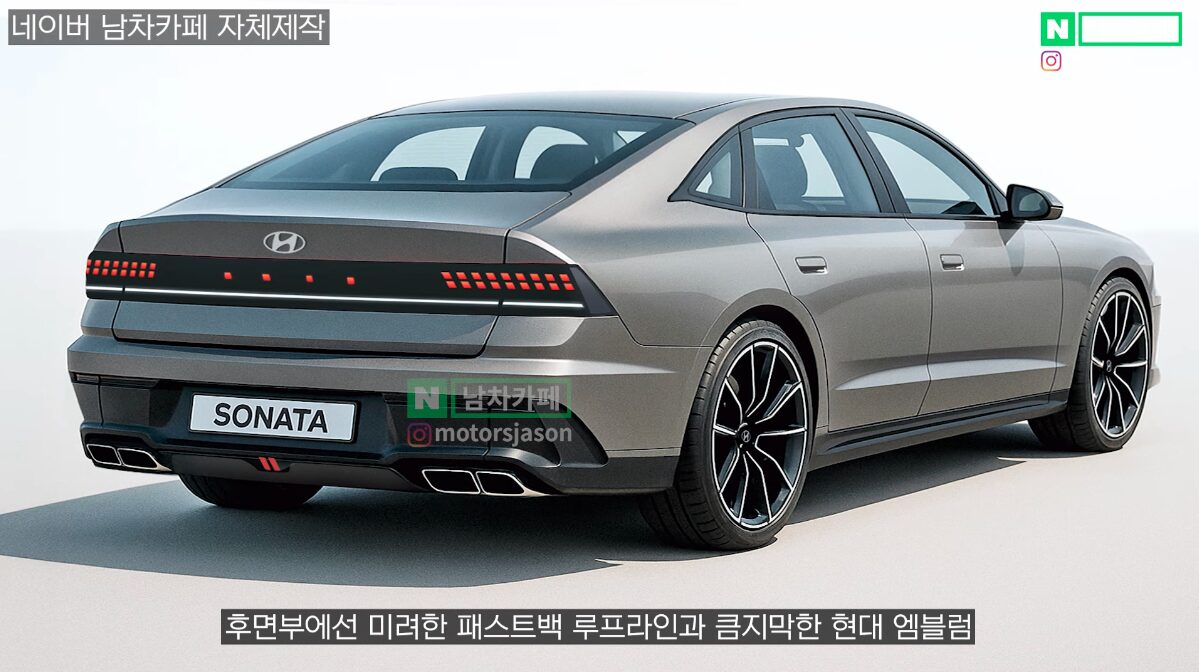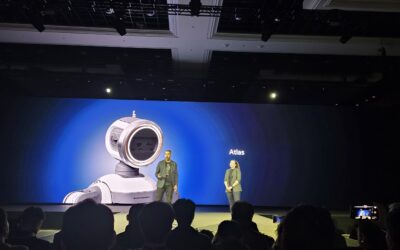According to automotive insider Motorsjason, the next-gen Hyundai Sonata is gearing up for a major transformation—both in design and technology. With styling possibly influenced by the hydrogen-powered Hyundai NEXO, the next-gen Sonata is expected to embrace a bold new design philosophy, advanced AI integration, and a continued focus on versatile powertrain options.
A Design Shift: “Art of Steel” and Pixel Aesthetics
Hyundai is set to introduce the “Art of Steel” design philosophy with the new Sonata, emphasizing the raw strength, flexibility, and aesthetic form of steel. This concept aims to reflect both durability and elegance, adding a sculptural depth to the vehicle’s body.
Drawing inspiration from the NEXO, the Sonata may incorporate H2 branding cues within its lighting elements, highlighting Hyundai’s ongoing dedication to sustainable mobility. Additionally, a pixel-themed lighting signature, similar to that seen in the IONIQ series, could further modernize the vehicle’s front and rear fascias.
From the side, the new Sonata is expected to retain its fastback-style roofline, enhancing the vehicle’s aerodynamic appeal while maintaining its sporty, coupe-like stance.
Smarter Interior with Pleos OS and Gleo AI
The 2026 Sonata will mark a new era in cabin tech with the debut of Hyundai’s Pleos OS. This system features a 16:9 widescreen display and a smartphone-inspired user interface, ensuring intuitive access and fluid navigation.
A standout feature will be the Pleos Playground, Hyundai’s proprietary app store, allowing drivers to download apps directly to the vehicle. Other rumored features include detachable physical buttons and fully customizable digital clusters, offering a personalized and flexible driving experience.
At the core of the vehicle’s intelligence is Gleo, Hyundai’s in-house AI system. The Sonata is expected to support Level 2.5 autonomous driving, enhanced by AI learning capabilities that adapt to driver preferences and habits over time.
Powertrains and Performance Expectations
While no EV version is anticipated, the new Sonata will likely retain its 1.6L, 2.0L, and 2.5L gasoline engines, alongside hybrid and LPG variants. Improvements in fuel efficiency and performance output are expected, and there’s growing speculation around the inclusion of the H-Trac all-wheel-drive system, which would significantly enhance the sedan’s traction and drivability—especially in the U.S. market.





